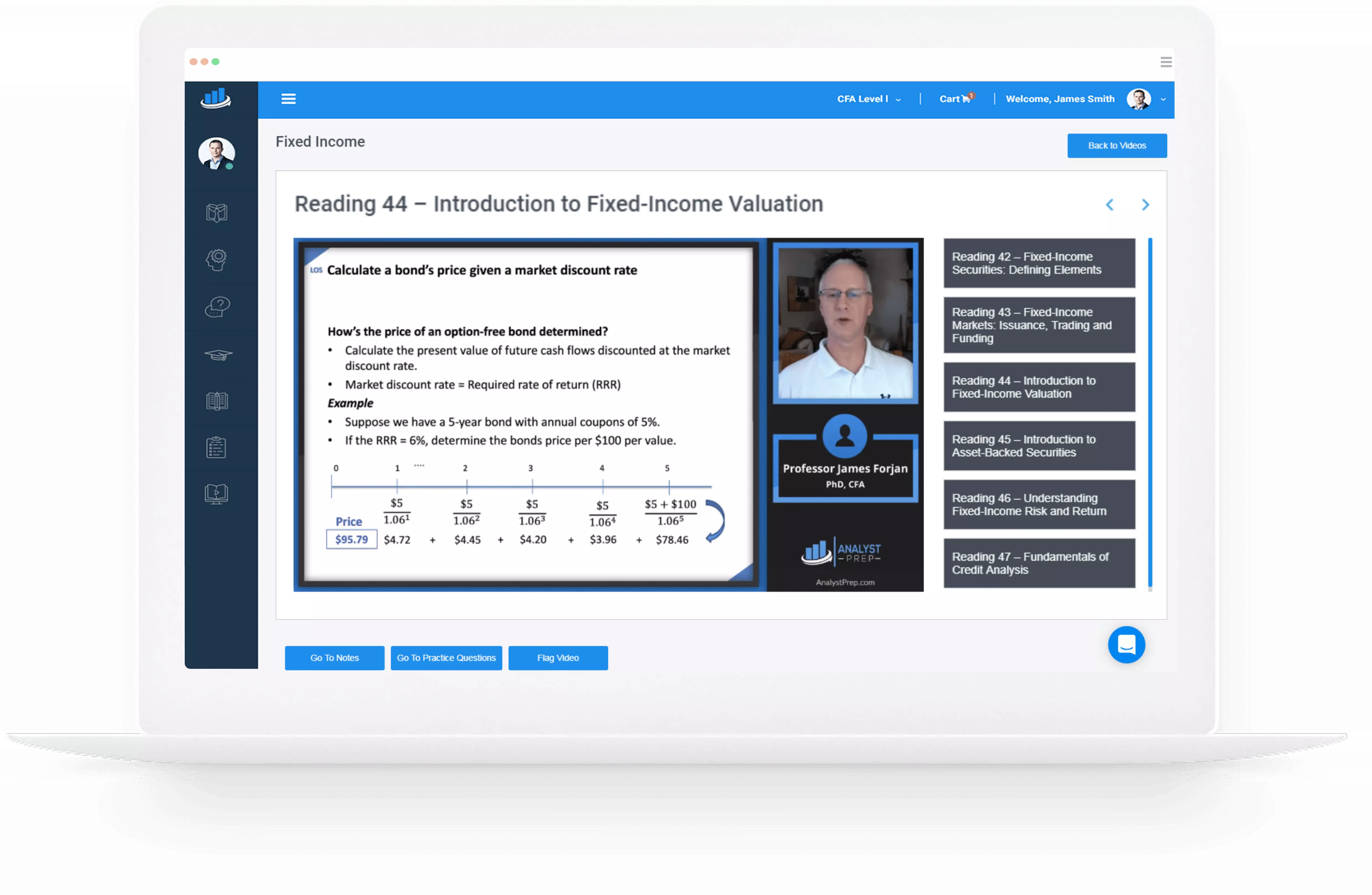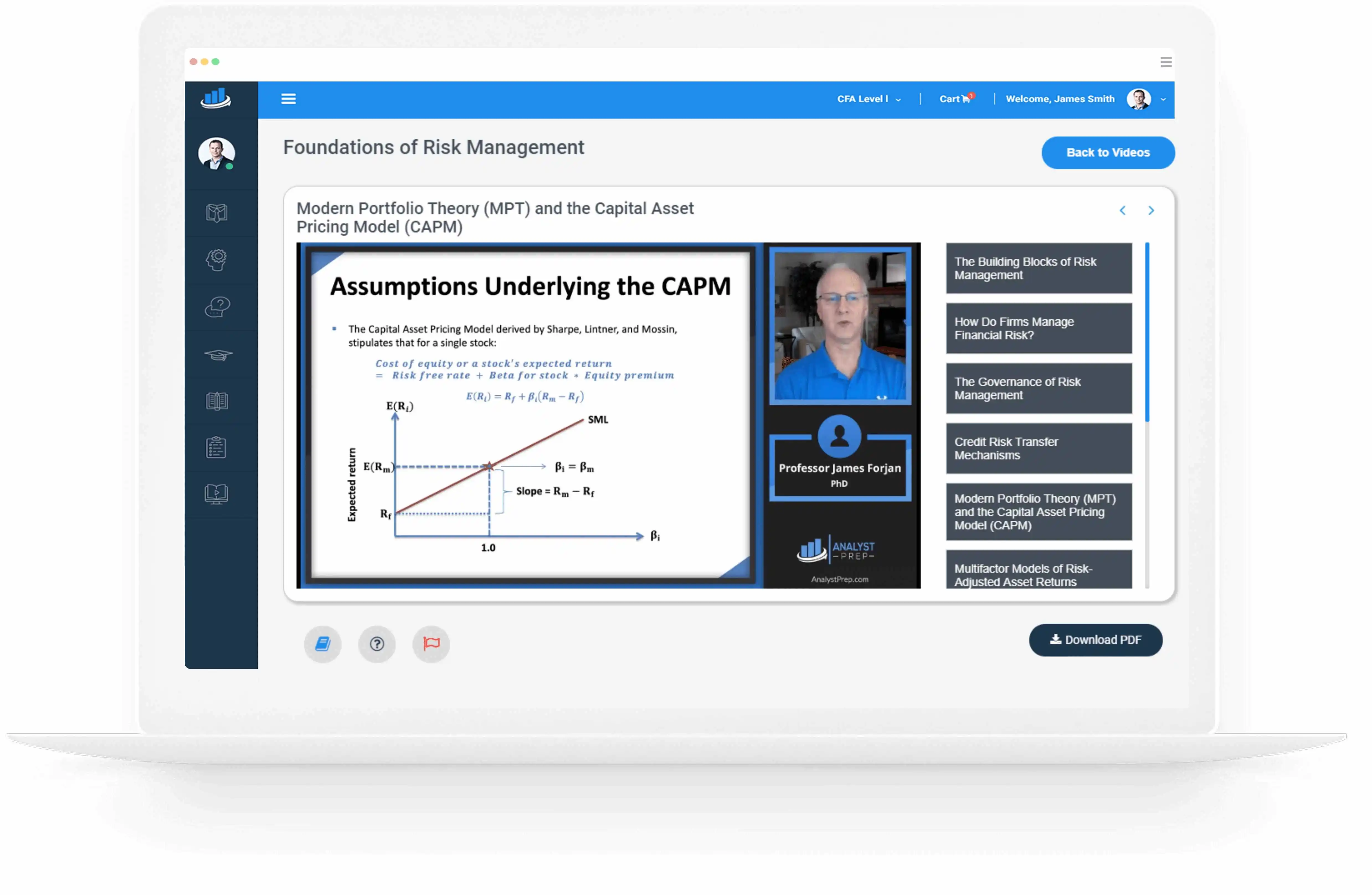Protective Put position
Introduction to and Objectives of the Protective Put A protective put strategy combines a long stock position with a put option, representing the first half of put-call parity. This combination is sometimes referred to as a married put. The name…
Covered Call Position
Introduction to and Objectives of the Covered Call A covered call strategy has two components: long and short stock positions. The term “covered” signifies that the short call is backed or “covered” by the underlying stock an investor holds. If…
Replicating Asset Returns Using Options
Position Equivalencies Options contracts can be utilized to replicate investment positions. When two positions have identical risk exposure and payoff, they are considered equivalent according to the law of one price. This means that they must have the exact cost….
Verification
Verification involves an independent third party reviewing a firm’s GIPS® procedures and confirming compliance. It doesn’t verify underlying calculations but checks if the firm follows GIPS® guidelines. Independent verification enhances a firm’s reputation for honesty and ethical standards. Selecting a…
Requirements for Presenting and Reporting Composites
Firms aiming for GIPS compliance should make a reasonable effort to furnish a GIPS Report to potential clients and investors in limited distribution pooled funds. The report should accurately represent the investment strategy being promoted to these prospective clients. Two…
Requirements for Presenting and Reporting Composites
Firms aiming for GIPS compliance should make a reasonable effort to furnish a GIPS Report to potential clients and investors in limited distribution pooled funds. The report should accurately represent the investment strategy being promoted to these prospective clients. Two…
Composites: Inclusion and Exclusion of Portfolios
The GIPS standards for constructing composites mandate the timely and consistent inclusion of new portfolios once they are managed. Firms must create, document, and consistently follow a policy for adding new portfolios to the relevant composites promptly. In many cases,…
Composites: Identifying Eligible Portfolios and Establishing Investment Strategies
Defining Discretion Let’s delve into the concept of defining discretion in managing portfolios. These restrictions on the investment process can vary widely, and they should be thoroughly outlined in the client’s Investment Policy Statement (IPS). While they serve as crucial…
Composite Time-Weighted Return Calculations
Composites are collections of different portfolios grouped together for tracking and measurement purposes. When dealing with composites, it’s essential to follow GIPS® standards diligently because they can potentially distort clients’ perceptions of performance and returns. According to the GIPS standards,…
Topics Related to Calculating Miscellaneous Returns
A firm may opt to report Money-Weighted Returns (MWR) instead of Time-Weighted Returns (TWR) if they have control over external cash flows and meet one of the following conditions: The portfolios have a closed-end, fixed life, or fixed commitment structure….




